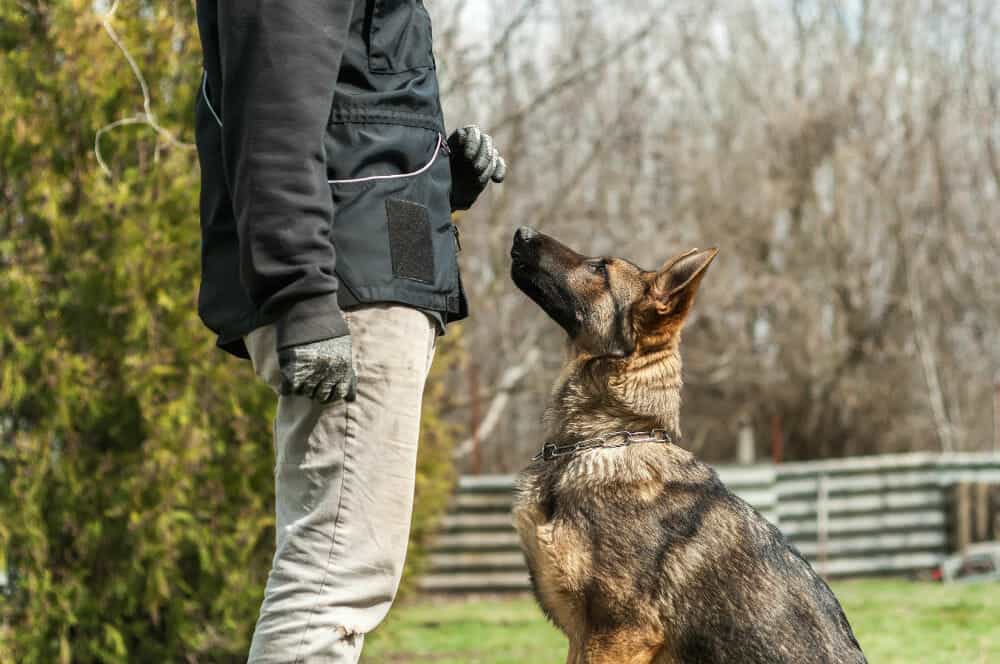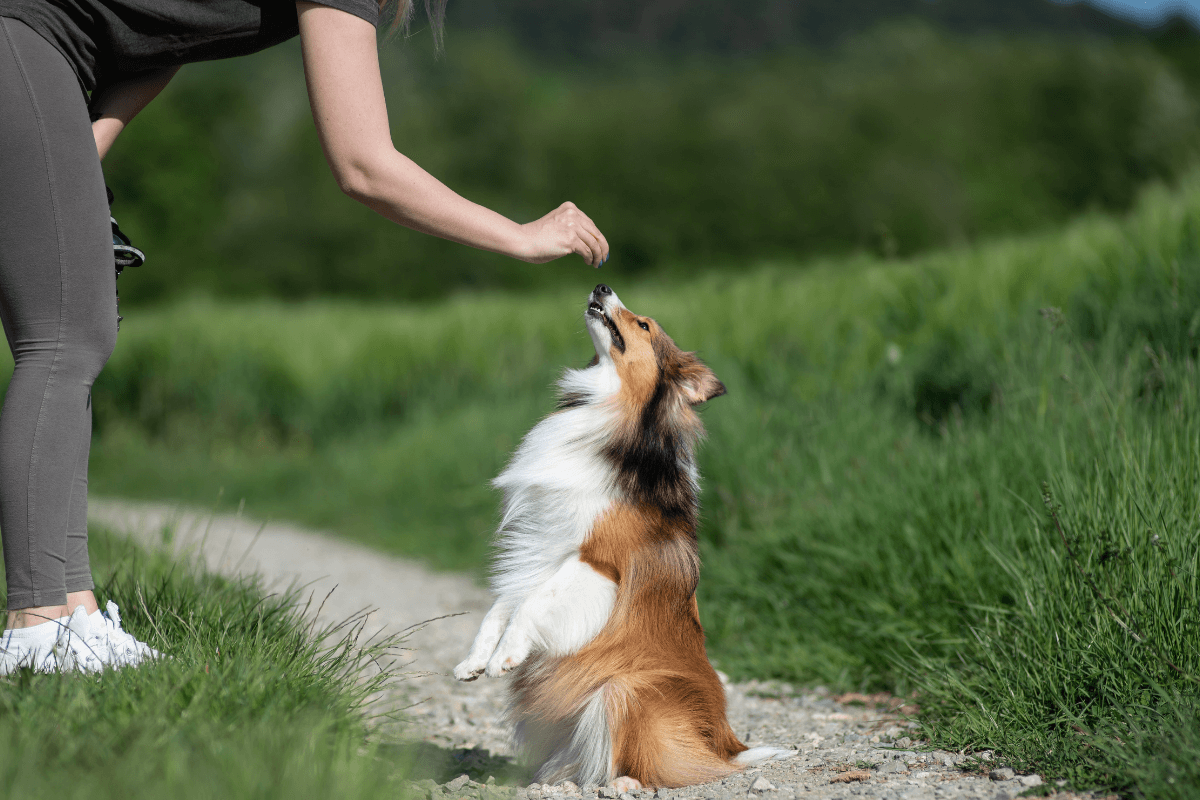Understanding Canine Body Movement During Dog Training
Understanding Canine Body Movement During Dog Training
Blog Article
Essential Tips for Successful Dog Training: A Guide for Animal Owners
Effective dog training is a diverse procedure that requires a calculated method customized to both the pet dog's temperament and the owner's objectives. Secret elements such as developing constant commands, utilizing favorable support, and promoting very early socialization play crucial functions in fostering a well-adjusted canine buddy. However, lots of family pet proprietors run into obstacles that can prevent progression, causing frustration and unpredictability. Comprehending exactly how to navigate these challenges can substantially enhance the training experience, ultimately transforming the partnership between proprietor and dog. What are the important strategies that can be utilized to make certain success in this venture?
Recognizing Dog Behavior
Recognizing dog actions is vital for effective training and promoting a harmonious relationship between canines and their owners. Pets communicate mostly through body movement, vocalizations, and activities, making it vital for proprietors to translate these signals precisely. Recognizing a pet's pose, tail position, and ear orientation can give insights into its emotion. A wagging tail does not always show happiness; it can likewise signify excitement or anxiousness.

Socialization plays a considerable function in dog behavior; direct exposure to different atmospheres, individuals, and other pets can significantly influence a dog's personality. Furthermore, aspects such as type attributes and private temperament need to direct training methods, as some breeds might have details behavioral characteristics that necessitate tailored approaches. By recognizing these components, proprietors can create an encouraging atmosphere that motivates favorable behavior, resulting in effective training end results and a deeper bond with their family pets.
Establishing Consistent Commands
Reliable communication with your dog starts with developing regular commands. This foundational component of training is essential for fostering understanding in between you and your family pet. Uniformity in the commands you make use of guarantees that your dog can reliably link particular words or phrases with the preferred behaviors.
When picking commands, choose clear, distinct words that are easy to say and differentiate from one another. Avoid using similar-sounding commands that may perplex your pet. Making use of "sit" and "stay" is proper, but "rest" and "hit" can lead to misconceptions.
In addition, maintain the same tone and volume for each and every command. Dogs are delicate to singing signs, so varying your tone can create confusion.
It is equally crucial to make sure that all household members are on the very same page regarding the commands made use of. A united front in command usage will certainly protect against combined signals and strengthen the knowing procedure.
Positive Support Methods
The power of favorable reinforcement in dog training hinges on its capacity to encourage desired habits with incentives and praise. This method is based in the principle that actions followed by favorable outcomes are more probable to be repeated. By including positive reinforcement into your training program, you can efficiently form your canine's behavior in a positive fashion.
To execute favorable reinforcement, it's important to identify what motivates your canine, whether it be treats, toys, or verbal appreciation. When your canine executes a preferred action, such as resting on command, quickly award them with a treat or love. This association between the command and the favorable result strengthens their understanding.
It's critical to timing the incentives correctly; delivering the reinforcement within seconds of the desired actions helps your dog make the link (dog training). Additionally, uniformity is key-- ensure that all member of the family use the exact same commands and reward systems to prevent confusion

Progressively, you can minimize the frequency of treats as your pet finds out the habits, transitioning to commend or recurring incentives. This approach not only cultivates a strong bond in between you and your pet dog yet also promotes a positive learning environment, making educating an enjoyable experience for both.
Socialization and Communication
Constantly exposing your pet dog to a variety of settings, individuals, and various other animals is vital for their social advancement. Socializing must begin early, preferably throughout the essential home click this window of 3 to 14 weeks, when young puppies are most responsive to new experiences. However, older pet dogs can likewise take advantage of ongoing socialization efforts.
Present your pet dog to different settings, such as parks, pet-friendly stores, and metropolitan areas. This direct exposure aids them adjust to various stimulations, minimizing anxiety and concern feedbacks. Encourage favorable interactions with various other dogs and people, guaranteeing that these experiences are regulated and secure to promote self-confidence.
Use structured playdates with genteel canines, as this can boost your canine's social skills and teach them ideal actions. Obedience classes and training sessions also provide outstanding chances for socialization, permitting your canine to connect with others in a supervised environment.
Monitor your canine's body movement throughout communications, as this will certainly help you assess their convenience level. Slowly enhance exposure to even more difficult situations while ensuring that each experience is positive. A well-socialized dog is most likely to display well balanced actions, making them a delight to have in any type of setting.
Addressing Common Training Obstacles
Every pet dog owner will encounter training challenges at some point, no matter of their dog's age or socialization level. Determining typical problems such as stubbornness, diversions, and terror can assist in developing effective approaches for renovation.

Distractions during training sessions can derail emphasis. To combat this, start training in a peaceful setting with minimal stimuli. Slowly present disturbances as the dog becomes a lot more efficient in commands. Short, constant training sessions are additionally efficient in preserving attention.
Fearfulness can impede a dog's discovering process. Progressive desensitization to the source of fear, combined with positive support, can help reduce anxiousness. Persistence is important; never require a dog into a scenario that causes distress, as this may worsen the problem.
Ultimately, understanding and resolving these usual difficulties with a structured method will cultivate an extra productive training experience, reinforcing the bond between pet dog and owner while advertising effective understanding.
Conclusion
In summary, successful dog training counts on a comprehensive understanding website here of canine habits, the facility of regular commands, and the application of positive reinforcement methods. Socialization plays an important duty in establishing well-adjusted pets, while resolving usual training difficulties requires persistence and flexibility. By implementing these vital approaches, pet proprietors can foster a solid bond with their canines and advertise preferable habits, inevitably resulting in an unified partnership between people and their canine buddies.
Comprehending canine habits is vital for efficient training and promoting an unified partnership in between canines and their owners.Socialization plays a substantial duty in dog behavior; direct exposure to numerous settings, people, and other pets can dramatically affect a pet dog's personality.The power of positive support in pet dog training lies in its capability to urge preferred habits via benefits and appreciation. By incorporating positive support into your training regimen, you can properly shape your pet dog's actions in a constructive fashion.
In recap, effective dog training counts on a thorough understanding useful content of canine behavior, the establishment of constant commands, and the application of favorable reinforcement methods.
Report this page